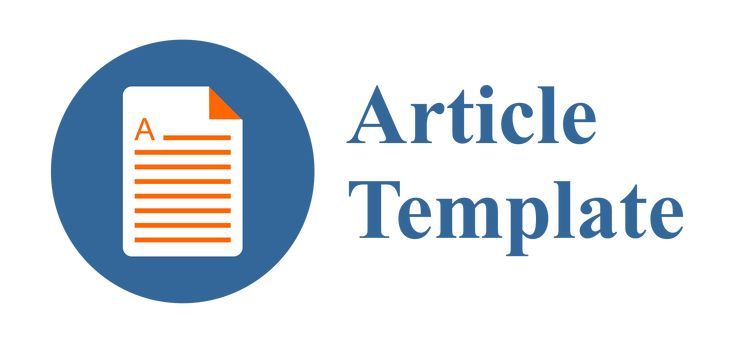PENGEMBANGAN MEDIA PEMBELAJARAN MEMBACA TEKS DRAMA UNTUK SMP KELAS VIII DENGAN MTGT (METODE TEAMS GAMES TOURNAMENT) BERBASIS SOFTWARE ADOBE FLASH
Abstract
This research aims to 1) describe the learning of reading drama texts at the
second grade of Junior High school, 2) describe the teacher’s teaching method and
the learning media of reading drama texts, 3) discover the product feasibility of the
developed media.
The research and development is arranged based on 10 models of
development in Sugiyono (2014: 298) which are simplified into three stages, (1) the
preliminary stage, (2) the planning stage of product manufacturing, and (3) the
product development stage. The preliminary stage is conducted to collect
information related to learning reading drama texts at the second grade of Junior
High School. The information collection is performed by spreading the
questionnaires and interviews. The development stage involves the product
manufacturing, the validity test, and the assessment. The validity test is performed
by one subject experts and one media experts. The product assessment is performed
by three teachers and thirty second grade of Junior High School students. The
validity and assessment data is acquired from the assessment questionnaires with
the Likert scale.
The results of the research are on the following. First, in general, the
learning reading drama text has been conducted properly, but it is not optimum.
Second, the teacher’s media are still limited on the drama texts both from books
and displayed on power point. In addition to the limitation of the media, teachers
are also less optimum in preparing the learning method that will be used. Third, the
products developed is a multimedia software that assimilates the cooperative
method of Teams Games Tournament. The average score of the validity test
conducted by the subject experts, media experts, and the assessment conducted by
the teachers and the students is 4,22 with the “very good” category, followed by the
feasibility level of 84,95% with the “very decent” category.
second grade of Junior High school, 2) describe the teacher’s teaching method and
the learning media of reading drama texts, 3) discover the product feasibility of the
developed media.
The research and development is arranged based on 10 models of
development in Sugiyono (2014: 298) which are simplified into three stages, (1) the
preliminary stage, (2) the planning stage of product manufacturing, and (3) the
product development stage. The preliminary stage is conducted to collect
information related to learning reading drama texts at the second grade of Junior
High School. The information collection is performed by spreading the
questionnaires and interviews. The development stage involves the product
manufacturing, the validity test, and the assessment. The validity test is performed
by one subject experts and one media experts. The product assessment is performed
by three teachers and thirty second grade of Junior High School students. The
validity and assessment data is acquired from the assessment questionnaires with
the Likert scale.
The results of the research are on the following. First, in general, the
learning reading drama text has been conducted properly, but it is not optimum.
Second, the teacher’s media are still limited on the drama texts both from books
and displayed on power point. In addition to the limitation of the media, teachers
are also less optimum in preparing the learning method that will be used. Third, the
products developed is a multimedia software that assimilates the cooperative
method of Teams Games Tournament. The average score of the validity test
conducted by the subject experts, media experts, and the assessment conducted by
the teachers and the students is 4,22 with the “very good” category, followed by the
feasibility level of 84,95% with the “very decent” category.
Full Text:
PDFRefbacks
- There are currently no refbacks.

